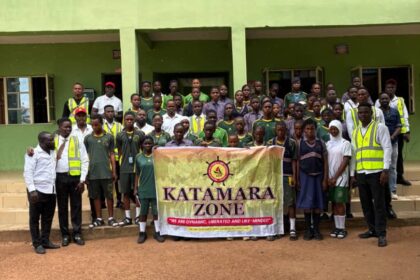
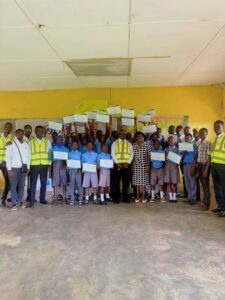
In a world where digital skills continue to define opportunity, one youth-led initiative is making a meaningful impact across the Ijebu axis. The Association of Humble and Obedient Youth (AHOY), Ijebu Ode Zone (Katamaran), recently completed a practical digital literacy programme that introduced secondary school students to the fundamentals of website development and creative coding.
Originally designed for three public schools, the project underwent an agile pivot due to administrative delays, leading to the successful implementation of the programme at Dupmos College and Victorious College. Despite this shift, the outcomes were exceptional and deeply rewarding.
A Vision Rooted in Empowerment
The project’s objective was clear: equip young learners with practical digital skills that foster creativity, build confidence, and expand their future opportunities. Anchored in 21st-century learning principles, the curriculum focused on two key areas:
– Website development using Mobirise
– Game and animation logic using Scratch programming
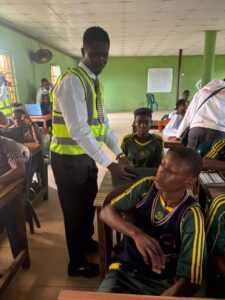
AHOY deliberately designed the sessions to be accessible to beginners, ensuring that students learned through hands-on engagement rather than passive observation.
Inside the Learning Experience
Creative Coding with Scratch
The coding journey began with Scratch—an intuitive environment where ideas turn quickly into animated stories and interactive games. Students explored variables, loops, sequences, events, and conditional logic while working on projects that included:
– Animating characters with keyboard controls
– Building catcher games and maze-style challenges
– Incorporating sound, scoring systems, instructions, and transitions
– Conducting peer reviews to refine and improve each project
Each participant completed a functional prototype, demonstrating that they could transform imagination into code.
Building Websites with Mobirise
The web development module introduced students to real-world concepts such as layout, navigation structure, responsive design, and content planning. Projects ranged from school club pages to personal portfolios and advocacy websites. Most sites featured standard sections such as About, Services, Gallery, and Contact, complete with images and interactive elements.
Students expressed enthusiasm and pride at being able to show friends and family a website they had built themselves—an achievement that boosted confidence and digital curiosity.
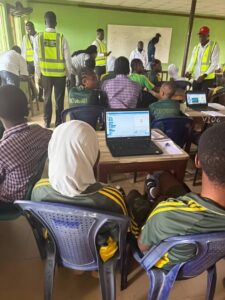
A Glimpse Into the Classrooms
Dupmos College


Learners demonstrated impressive creativity, delivering projects such as a “Campus Clean-Up” advocacy website and a Scratch quiz game featuring questions rooted in local history.
Victorious College
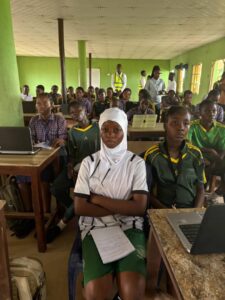
This cohort excelled in design and structure, creating responsive portfolio websites and ambitious Scratch platformer games with multiple levels and story progression.
Both schools commended the step-by-step teaching approach and the noticeable improvement in their students’ digital competence.
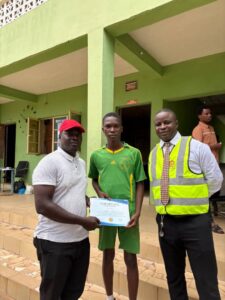
Learning Beyond Screen
Beyond technical skills, students developed teamwork, communication, problem-solving ability, and iterative thinking. AHOY facilitators adopted a structured instructional method built around short demonstrations, guided practice, and an “Ask–Build–Show” cycle. The enthusiasm was palpable, with many learners staying after school hours to refine their projects and explore new features.
Challenges and Smart Solutions
The project faced challenges, particularly delays in securing government approval for public school participation. This necessitated the shift to private schools for this phase. Additional hurdles included varying levels of digital literacy and limited device availability. The team addressed these issues with buddy systems, step-based task design, offline content packs, and backup laptops provided by facilitators.
Creating Long-Term Impact
The programme concluded with clear evidence of growth in the students’ creativity, logical reasoning, and design capability. The results affirmed that the learners gained meaningful, transferable skills.
The Association of Humble and Obedient Youths now has a validated and scalable model that can be deployed across the Ijebu axis. Plans are underway to resume engagements with the initial public schools, introduce teacher-focused digital capacity-building sessions, and organise an inter-school digital showcase for students to present their work.

To ensure sustainability, Association of humble and obedient youths intends to build an equipment pool, strengthen sponsorship partnerships, and train student ambassadors who will continue mentoring their peers in digital innovation.
Looking Ahead
What began as a youth-driven initiative has evolved into a catalyst for long-term digital empowerment. The excitement of the learners and the encouragement from school administrators demonstrate that programmes like this are not only impactful but essential.
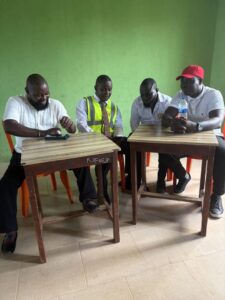
With continued support and the forthcoming expansion to public schools, the AHOY Katamaran Digital Literacy Programme is poised to help many more young people discover the joy of creating, building, and innovating in a rapidly evolving digital world.




